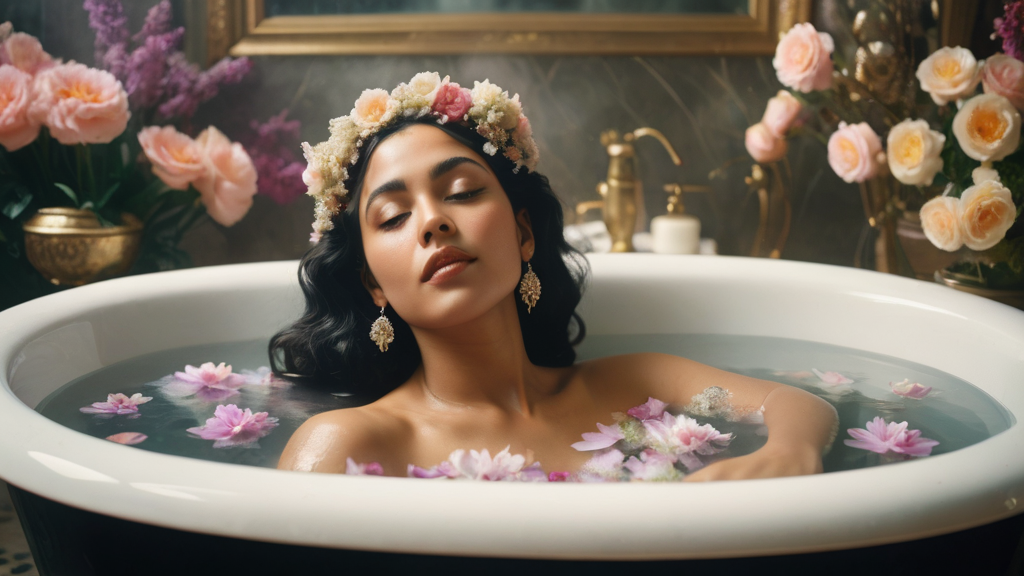
Bathing is more than just a daily habit; it has deep historical significance. In many parts of the world, people start their day with a quick shower or end it with a relaxing bath. However, in the past, bathing had much deeper meanings tied to status, purity, and power.
Ancient Greece and Middle Ages Europe
In Ancient Greece, bathhouses were social hubs where men would wash after sports and engage in philosophical discussions. Some bathhouses even had libraries! However, during the Middle Ages in Europe, people stopped bathing altogether, fearing it would spread disease. Instead, they used perfumes and ointments to keep clean, linking wealth to health.
Bathhouses as Safe Havens

In the 1960s and ’70s, bathhouses in New York City became safe places for gay men to relax, socialize, and seek pleasure. These spaces provided a refuge and a sense of community during a time when being openly gay was often met with hostility.
Art and History
Throughout history, art has depicted various bathing rituals. For example, Rembrandt’s 1654 painting “Bathsheba at Her Bath” shows an intimate and sensual scene. The book “Body. Gaze. Power: A Cultural History of the Bath” explores how bathtubs and bathing accessories evolved over time and across cultures.
Bathing and Purity
The phrase “cleanliness is next to godliness” comes from an 18th-century sermon, but the idea that cleanliness relates to religious purity is much older. Ancient Greek playwrights suggested that the temperature of the water someone preferred for bathing indicated their virtue or lack thereof. In Ancient Greece and Rome, men and women often bathed separately, with men’s routines being more public and women’s more private.
Changing Attitudes
Early Christians like Saint Augustine were wary of focusing too much on the body, and by the Middle Ages, the church condemned the “loose morals” of bathhouses, which often led to prostitution. The plague in the 14th century made people believe that bathing opened pores to disease, leading to a decline in public bathing.
Resurgence of Bathing

By the 19th century, knowledge about germs and the benefits of soap led to a resurgence in bathing in Europe and America. However, it took a long time before anyone but the wealthy could afford dedicated bathrooms. In the Middle East, attitudes toward bathing have remained more consistent, with the hammam, or Turkish bath, remaining popular from the Ottoman Empire to today.
Bathhouses and Power
In Ancient Rome, bathhouses were grand structures that showcased an emperor’s power. In homes, however, the bathtub is a vulnerable place. One of the most famous artworks from the French Revolution, Jacques-Louis David’s 1793 painting “The Death of Marat,” shows the aftermath of a political assassination set in a bathtub.
The Bathtub as a Symbol
During World War II, photojournalists Lee Miller and David E. Scherman used a bathtub to symbolize a shift in power. On April 30, 1945, the day Munich was liberated from Nazi rule, they photographed Miller in Hitler’s bathtub, conveying a powerful message about the change in political power.
Bathing rituals from history reveal much about how different cultures viewed status, purity, and power. Whether through grand public bathhouses or intimate home settings, these practices offer a fascinating glimpse into our past.
If you are looking to create history with your own bath ritual check out our bath products. Our bath bombs, bath soaks, and salt soaks will be sure to be memorable.
